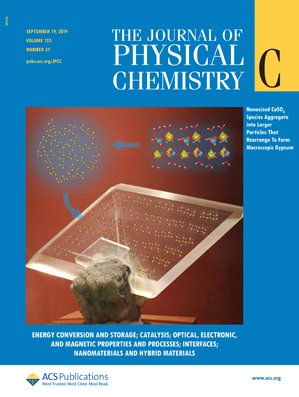|
Autors/es
Garcia-Amorós, J.; Castro, M.C.R.; Nonell, S. ; Vílchez, S.; Esquena, J.; Raposo, M.M.M.; Velasco, D. ; Vílchez, S.; Esquena, J.; Raposo, M.M.M.; Velasco, D.
|
Abstract
It is well-known that the thermal isomerization kinetics of photochromic azo dyes can be modulated by subtle changes in their chemical architecture. However, the availability of an orthogonal input to control the thermal relaxation of azo dyes is essential to enable access to multifunctional and adaptive photochromic switches based on these particular organic chromophores. In this work, we have designed and synthesized a new family of green-light-activated heterocyclic azo derivatives that modify their switching capabilities as a function of concentration. In this line, we have investigated their self-assembly and the nature of the supramolecular aggregates formed by means of dynamic light scattering, polarized optical microscopy, and X-ray diffraction. Indeed, imparting control over the self-assembly of these organic dyes allows to fine-tune their thermal relaxation time and produce adaptable photochromic switches. Specifically, swapping the azo dye concentration between values located above and below the corresponding critical aggregation concentration modifies significantly the relaxation time up to 250 times, i.e., from the millisecond to the microsecond timescale. Moreover, the optical density of the system can be switched back and forth hundreds of times, for both diluted and concentrated solutions, without any sign of fatigue.
|

WoS
Scopus
Altmetrics
 
|
|
Publicació
Journal Of Physical Chemistry C, 2019, vol. 123, no. 37, p. 23140-23144
|
